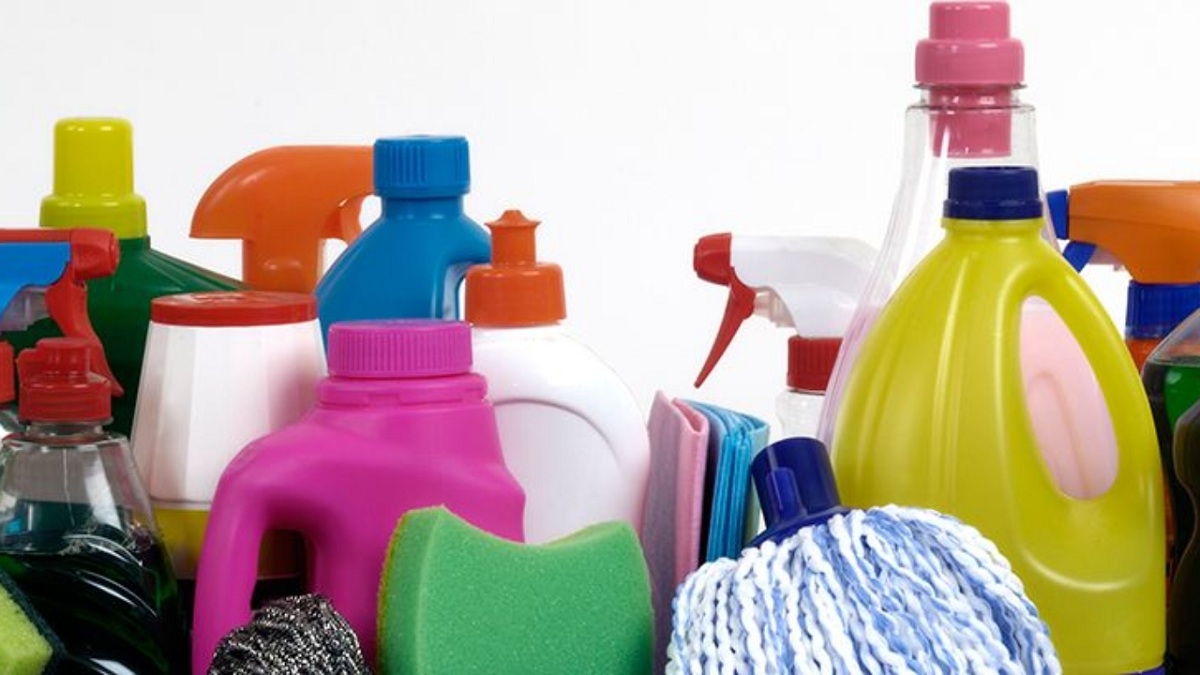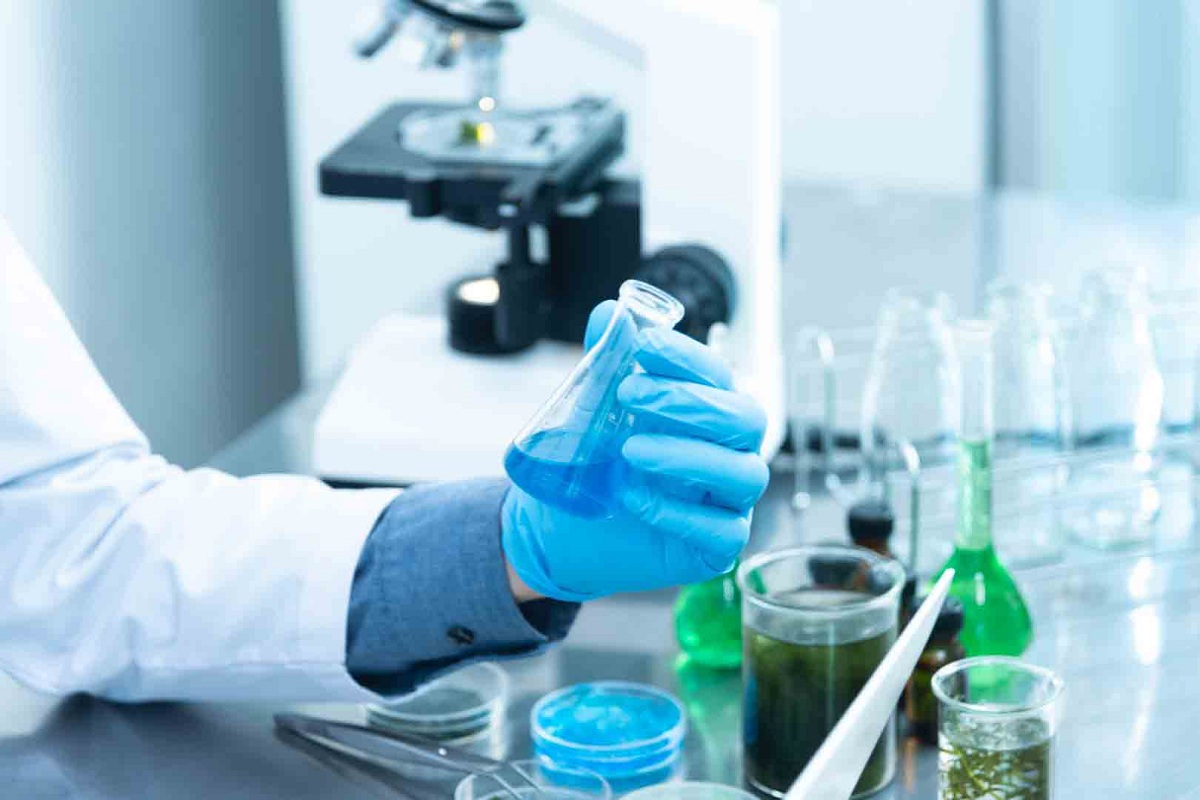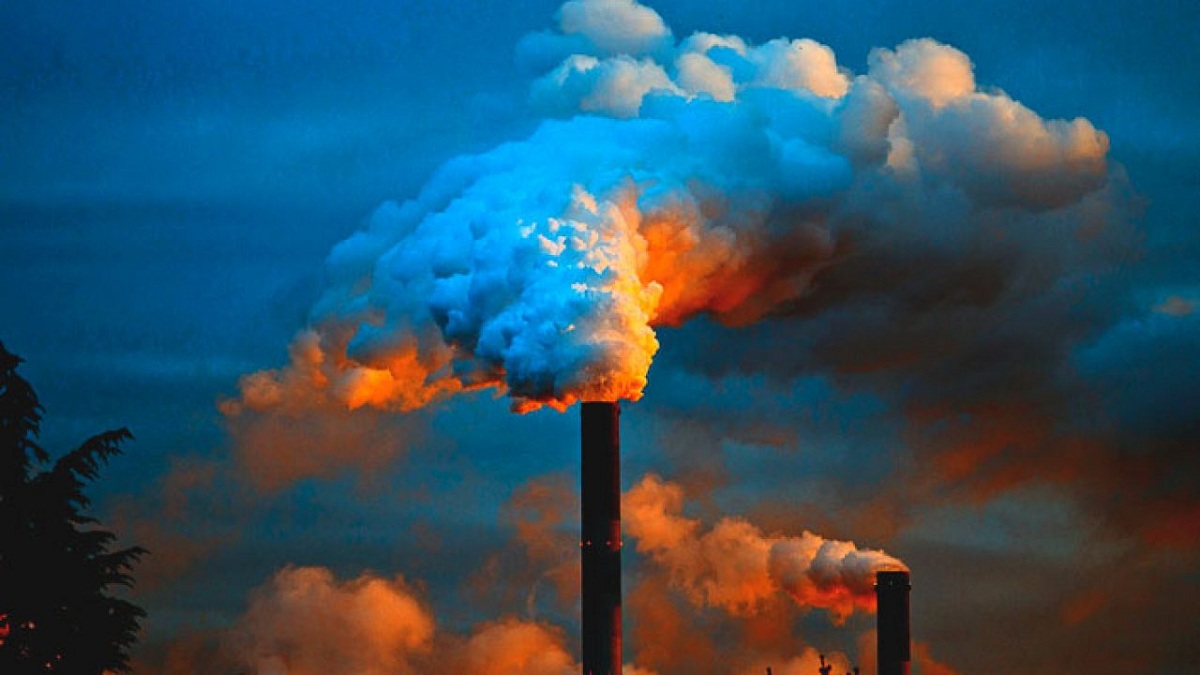
The chemical contaminants and volatile organic compounds are byproducts of manufacturing processes and human activities, even inside homes. Cleaning products, furniture, and building materials are often sources of chemical contaminants in indoor spaces. The generation of these pollutants is causing serious damage to the environment and human health.
For this reason, we are going to dedicate this article to telling you about the main chemical contaminants that exist, what their characteristics are and the importance of their control.
What are chemical contaminants

Chemical pollutants are substances released into the air by human activities such as industry or agriculture. They can come into contact with food and the air we breathe and are harmful to health.
Many people believe that chemical contamination is limited to the manufacturing process. Certain compounds are still harmful when used or installed in our homes. According to studies by the US Environmental Protection Agency (EPA), levels of various organic chemicals indoors are 2-5 times higher than outdoors. For example, indoor levels can be 1000 times higher than outdoors during certain activities, such as removing paint from surfaces, and for hours afterward.
Some liquids or solids, such as construction materials, carpets or furniture, produce chemical pollutants in the form of gases. These chemicals are often referred to as VOCs (Volatile Organic Compounds). Even the paraffin in some household cleaning products and candles can produce chemical contaminants. According to the EPA, there are thousands of products that emit pollutants that can be harmful to health if ingested, inhaled, or absorbed through the skin.
A condition known as "sick building syndrome" can be the result of poor air quality due to the presence of volatile organic compounds. New construction, home or office remodeling or redesign can increase the levels of environmental chemical contaminants from building materials, paints, cleaning products, and furnishings.
Possible sources of VOCs:
- Cleaning Products and Disinfectants
- Paints and other solvents
- Construction materials
- furniture
- Fragrances and Fragrances
- Aerosol
- Insecticide
- Cleaning Products and Disinfectants
Organic and inorganic chemical contaminants
- Organic Compounds: They are human and animal waste, coming from slaughterhouses or slaughterhouses, coming from the processing of human and animal food, industrial chemical products of various natural origins such as oils, fats, tars and dyes, and various synthetic chemical products, such as paints, herbicides. , pesticides.
- Inorganic compounds: They are various products dissolved or dispersed in the water from domestic, agricultural and industrial emissions or from soil erosion. The main ones are: chlorides, sulfates, nitrates, carbonates, acid wastes, alkaline toxic gases dissolved in water such as sulfur oxides, nitrogen oxides, ammonia, chlorine and hydrogen sulfide (hydrogen sulfide).
Chemical pollutants can be of two types, gaseous or aerosol:
- Gas: Gaseous pollutants refer to gaseous pollutants that exist in liquid substances in the form of gas or vapor at normal temperature and pressure. One of the most important properties of gaseous pollutants is their ability to mix with air. They can change their physical state through a combination of pressure and temperature. All of these compounds can cause substantial harm via inhalation (airways), absorption (skin contact), or ingestion (eating or drinking).
- aerosols: They can consist of solid or liquid particles. Aerosols do not mix completely with the air, but remain in suspension, that is, they have a tendency to agglomerate and absorb moisture. They are classified as dust, smoke, mist.
- Dust: In industrial hygiene, the problem of dust is one of the most important because many dusts have adverse effects on the health of workers, mortality from tuberculosis and the incidence of respiratory diseases are increased. It is a contaminant capable of giving rise to the disease commonly known as pneumoconiosis. They are divided into four categories: toxic particles, allergic dusts, inert dusts and fibrous dusts.
- Smoke: Contains solid particles formed by condensation, generally metal oxides formed by heating metals to high temperatures or by molten metal. Smoke can also be formed by the volatilization of solid organic matter or by the reaction of chemical substances.
- Dew: It is made up of liquid particles, produced by liquid decomposition, such as atomization.
Causes and consequences of chemical contamination

The causes of chemical contamination are as follows:
- Pesticides in agriculture and livestock (such as antibiotics or hormones, natural and synthetic)
- Dioxins (released into the environment when chlorinated materials are burned, not to mention natural chemical contaminants such as certain toxins produced by molds)
- polluting emissions from vehicles (such as carbon dioxide, nitrogen oxides, carbon monoxide, etc.)
- Trash (Domestic and Industrial)
The polluting gases of what we call environmental change pose enormous dangers to society and entire ecosystems. Some of the consequences of chemical contamination are:
- Respiratory and skin diseases They affect not only humans but also animals.
- Mass deaths due to increased toxicity levels
- The appearance of acid rain is a product of chemical contamination. It is caused by the emission of sulfur dioxide and nitrogen oxides that react with water molecules to form other very harmful acids.
Regarding the last consequence of chemical contamination, it is important to highlight that the occurrence of acid rain can be due to natural causes, such as nitrogen oxides from lightning, the decomposition of plant material or sulfur dioxide emitted by volcanic eruptions. However, most of the time it is due to human activities, especially the burning of fossil fuels, so chemical pollution prevention recommendations must be considered and applied.
How to prevent

Chemical contaminants can cause damage from immediate, short-term, or long-term exposure. Therefore, prevention is important to avoid or reduce the negative impact of pollutants in an affected area or area.
To help reduce this type of environmental pollution, the steps we can take are:
- Inform and train people who may be exposed to these contaminants.
- Provide equipment and protection to those who are frequently exposed to such substances, such as workers in the chemical industry.
- Measurement and control of pollutants in the environment
- Design Action Protocols in Alert Situations
Believe it or not in your daily activities you are exposed to various pollutants. For this reason, we must avoid its increase and warn of any symptoms that we may begin to develop and that may affect our health.
Chemical contamination is one of the most dangerous types of contamination, so knowing and understanding how to act in an emergency is essential to avoid major consequences in the short or long term. The results of chemical pollution not only affect the environment, but also humans and animals.
I hope that with this information you can learn more about chemical contaminants and their consequences.